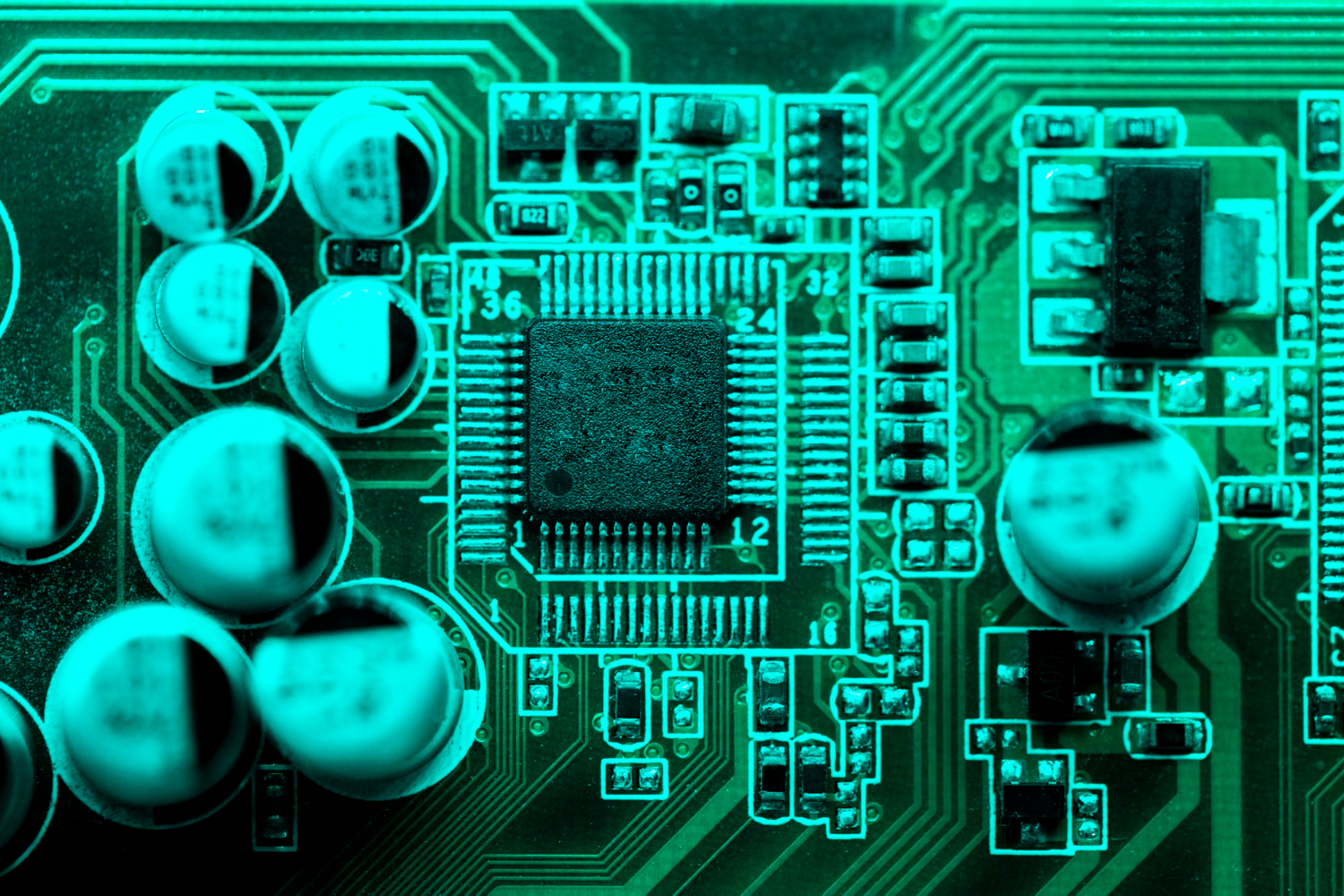Customer experience automation (CXA) is changing the way businesses handle customer interactions. Today, customers expect quick, efficient, and personalised service. Meeting these customer expectations can be a challenge for businesses, especially as more people demand fast service in real time. CX automation helps companies manage this demand, providing an enhanced customer experience while saving time and resources.
In this article, we will break down how customer experience automation works and how it improves the overall customer journey. We will also look at the tools available to businesses and how they can help companies meet growing customer expectations. Finally, we’ll see how TechnoLynx supports businesses in implementing these automation tools effectively.
What Is Customer Experience Automation?
Customer experience automation refers to the use of automation tools to manage and enhance customer interactions throughout the customer journey. With CXA, businesses can automate tasks like responding to customer queries, sending updates, or even solving common issues.
When a customer interacts with a brand, they expect quick and accurate responses. Automated customer interactions can meet these demands without the need for constant human involvement. This allows businesses to focus on more complex or high-value customer needs.
CXA can handle many parts of the customer lifecycle, such as:
-
Initial customer engagement.
-
Ongoing support.
-
Tailored marketing efforts.
By automating these areas, businesses improve the experience customers have with their brand. This results in higher levels of customer satisfaction and loyalty.
How CXA Improves Customer Interactions
-
Faster Responses in Real Time: When a customer reaches out to a brand, speed matters. Many customers expect immediate responses. With CXA, businesses can send automated replies through live chat or emails. This ensures customers get instant feedback, even outside business hours.
-
Personalised Experiences: Customers now expect personalised communications. Customer experience automation tools help businesses send tailored messages based on customer data. For instance, if a customer prefers email over phone calls, CXA tools can send updates through their preferred method of communication. This makes the interaction more personal, improving the overall customer experience.
-
Consistent Customer Engagement: Automation tools allow businesses to interact with customers at every stage of their journey. From welcoming new users to following up after a purchase, CXA ensures that businesses maintain regular contact with their customers. This boosts customer engagement and keeps the brand top of mind for customers.
-
Enhanced Customer Service: CXA improves the way businesses provide support. Instead of waiting for a customer service representative to respond, customers can get answers from automated systems. Automated customer interactions can answer common questions, guide customers through product setups, or even handle returns. For more complicated issues, the system can redirect them to a human agent, ensuring a seamless experience.
-
Marketing Automation: Marketing automation is another area where CXA shines. Automation tools can send targeted messages based on customer behaviour. For example, if a customer shows interest in a product but doesn’t buy it, the system can send follow-up messages to encourage them to complete their purchase. This type of communication feels personalised, but it’s automated, saving businesses time and effort.
Read more: Smart Marketing, Smarter Solutions: AI-Marketing & Use Cases
The Role of Automation Tools in Customer Experience
To make CX automation work, businesses need the right tools. These tools collect and process customer data to ensure each interaction is relevant and timely. Some common types of automation tools include:
-
Live chat systems that provide instant responses.
-
Email automation tools that send messages based on triggers, such as a completed purchase.
-
Contact centre software that automates the routing of calls or messages to the appropriate department.
-
Customer relationship management (CRM) systems that store customer information and history, helping automate follow-ups and updates.
With these tools, businesses can increase customer satisfaction and loyalty without overloading their staff.
Benefits of Customer Experience Automation
CX automation provides numerous benefits to businesses and customers alike. Here are a few:
-
Increased Efficiency: With CXA, businesses can automate repetitive tasks, freeing up employees to focus on more valuable work. This means faster response times and fewer errors, improving the overall customer experience.
-
Better Use of Customer Data: Automation tools can process large amounts of customer data and use it to deliver personalised messages. For example, if a customer frequently visits a company’s website, the system can automatically send them updates about products they might like. This type of automation improves customer engagement and encourages repeat purchases.
-
Consistency Across Channels: Customers interact with businesses in many ways, from social media to emails to phone calls. CXA ensures that these interactions are consistent across all platforms. Whether a customer reaches out through a live chat or a contact centre, they’ll receive the same high-quality service every time.
-
Improved Customer Satisfaction: When customers receive fast, accurate, and relevant responses, their satisfaction levels go up. By meeting customer expectations through automation, businesses can improve their overall customer satisfaction scores. Satisfied customers are more likely to return and recommend the brand to others.
-
Cost-Effective Solution: Implementing customer experience automation tools can reduce the costs associated with hiring and training new staff. Since the system handles many routine tasks, businesses can save money while still delivering excellent service.
Challenges of CXA and How to Overcome Them
While CX automation has many benefits, it’s important to recognise the potential challenges. One challenge is ensuring that the automated systems don’t feel too robotic. Customers still want human interaction when needed. Businesses need to strike the right balance between automation and human engagement.
Another challenge is keeping personalised communications consistent. Automated messages can sometimes feel impersonal. Businesses need to ensure that the tone and content of their messages remain engaging and customer-focused.
To overcome these challenges, businesses should:
-
Continuously update their automation tools to reflect customer needs.
-
Monitor customer feedback to identify areas for improvement.
-
Keep a human element in customer interactions when necessary.
Embracing Personalised Communications with CXA
One of the most important features of customer experience automation is its ability to provide personalised customer communications. In today’s digital age, customers don’t want generic messages or irrelevant information. They expect brands to understand their needs and preferences. With the help of CX automation tools, businesses can gather customer data and tailor their communications accordingly.
Imagine a customer who frequently browses a company’s website but never makes a purchase. CXA tools can track this behaviour and send personalised follow-up emails with product suggestions or a special offer. These kinds of interactions feel more meaningful and are more likely to result in a sale.
Personalisation also extends to customer service. If a customer contacts a live chat with a recurring issue, CX automation can recognise this and route the customer to the most appropriate agent or system. The system may even offer a solution before the customer asks, based on their previous interactions. This not only improves customer satisfaction but also makes the experience feel seamless and efficient.
By using customer data to create targeted messages, businesses can deliver more engaging and relevant experiences. This leads to higher customer loyalty and stronger relationships in the long run.
At TechnoLynx, we prioritise building personalised CX automation strategies that align with our clients’ customer needs. We work with businesses to create automation flows that reflect their customers’ behaviours and preferences. This ensures that each interaction feels unique and tailored, leading to greater satisfaction and engagement.
How TechnoLynx Can Help with CXA
At TechnoLynx, we specialise in helping businesses implement customer experience automation strategies. We understand the importance of improving customer interactions while keeping costs down. Our team can work with you to build a customised CX automation plan that fits your needs.
We can help build a sustainable system, including:
-
Automation tool integration: We help businesses choose and integrate the right tools to meet their automation needs. Whether it’s a live chat system or a contact centre solution, we ensure smooth implementation.
-
Customised customer journeys: Every customer is different. Our team creates personalised automation flows that guide customers through their unique journeys. This improves engagement and ensures customers receive relevant, timely communication at every stage of their experience.
-
Real-time automation solutions: In today’s fast-paced world, customers expect real-time responses. We help businesses set up real-time automation systems that respond to customer queries instantly, providing faster support and improving satisfaction.
-
Data-driven insights: We use advanced analytics to help businesses make the most of their customer data. By understanding customer behaviour, we can create automation strategies that feel personal and deliver real results.
At TechnoLynx, we know how important it is to meet rising customer expectations. Our goal is to provide businesses with the tools and strategies they need to succeed in the age of CX automation.
Read more: Automation in Construction - Current and Future Trends
The Future of Customer Experience Automation
As customer expectations continue to grow, CXA will play an even bigger role in shaping customer experiences. Future automation systems will become more intuitive, offering even more personalised experiences and responsive interactions. Businesses that adopt these technologies will stay ahead of their competitors and build stronger customer relationships.
In the coming years, we can expect more advanced customer experience automation tools that incorporate artificial intelligence and machine learning. These technologies will allow businesses to predict customer needs and respond before issues arise, creating a smoother, more enjoyable customer journey.
Continue reading: How NLP Solutions Are Improving Chatbots in Customer Service?
Image credits: Freepik













